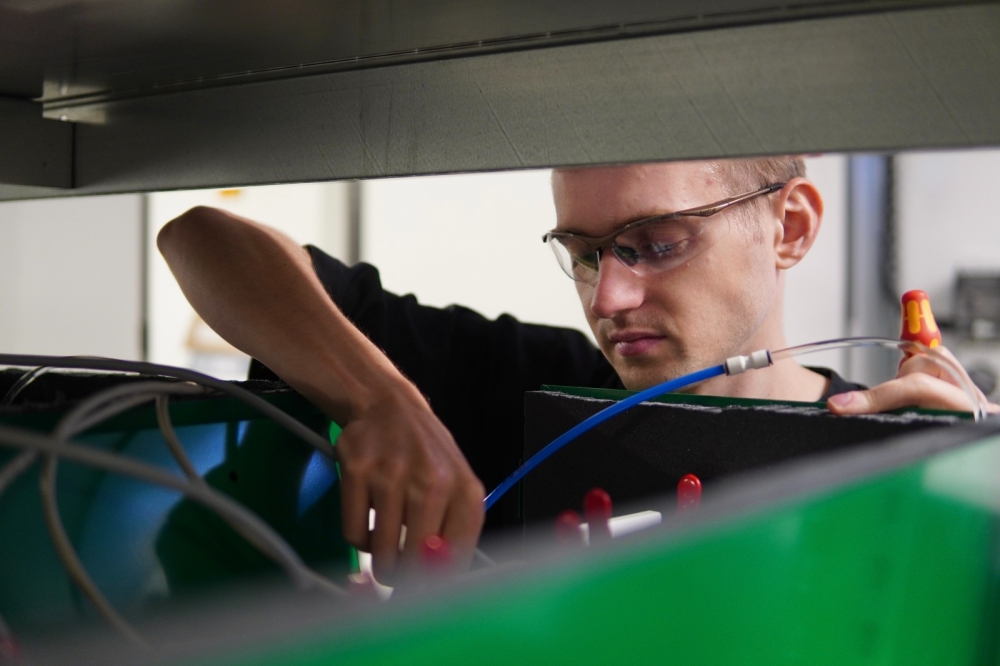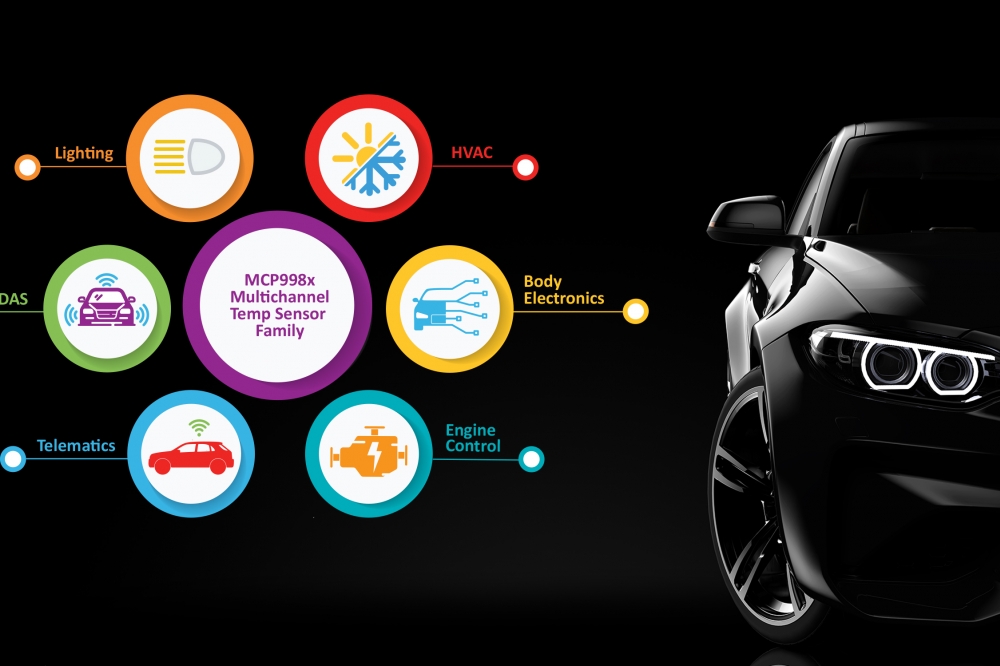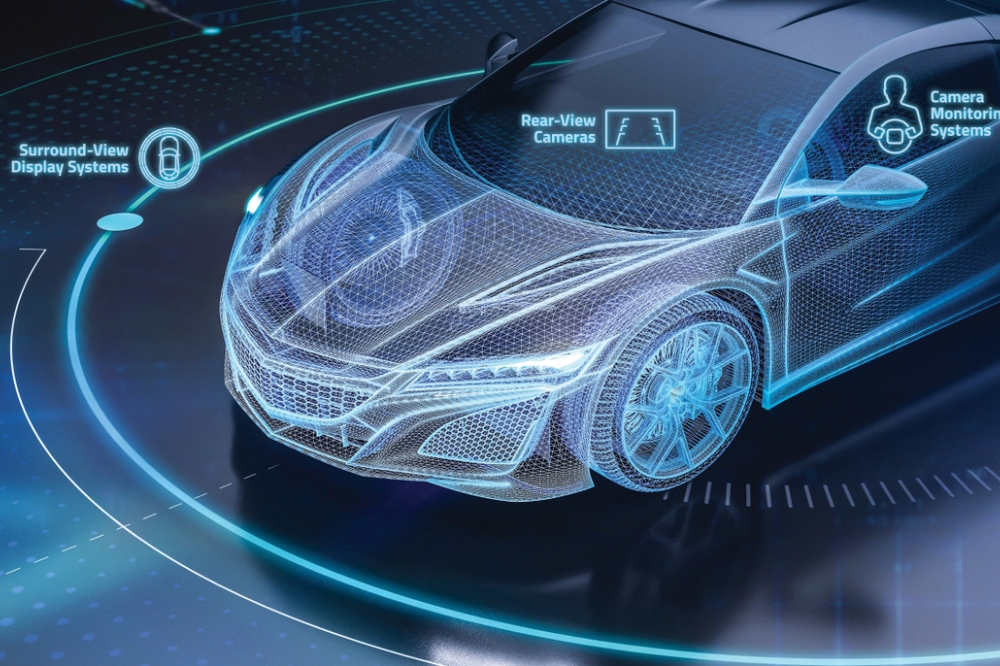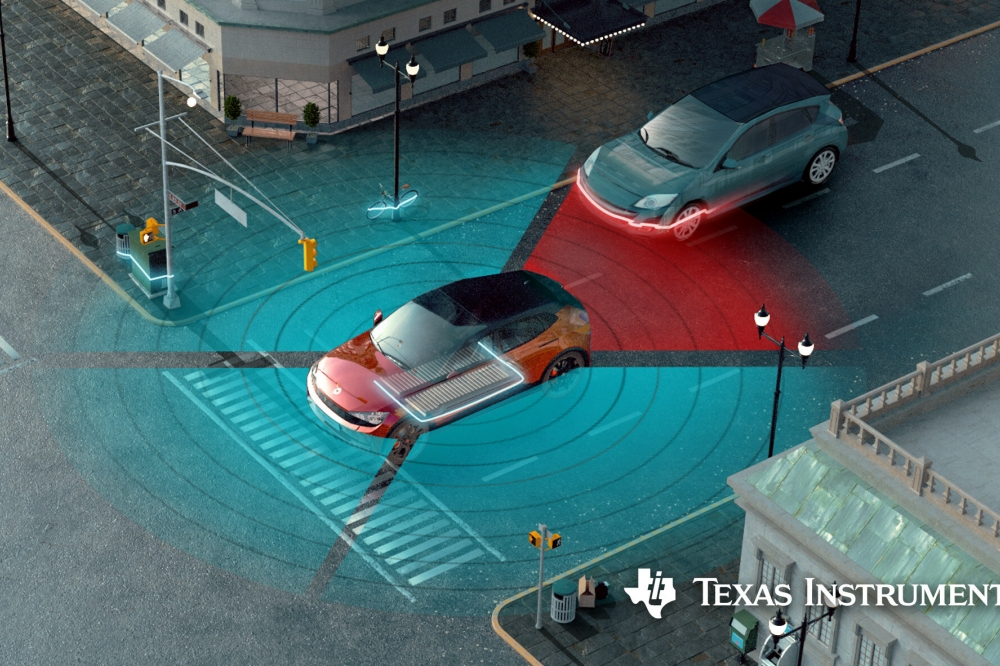Scania reveals its new Cabless Autonomous Concept, the AXL
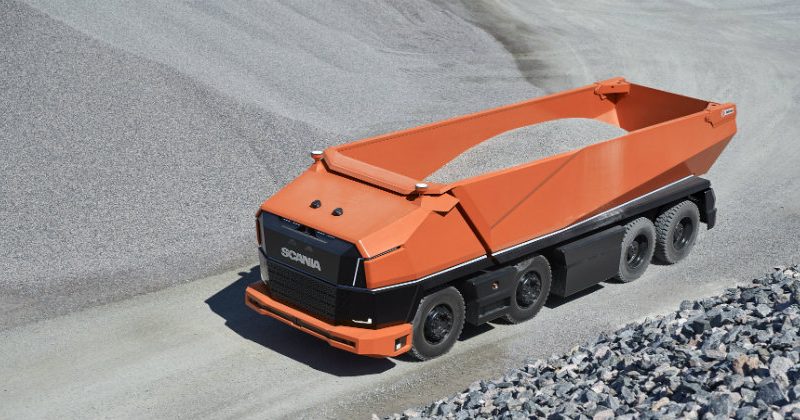
Scania has introduced the latest member of its autonomous family, the Scania AXL. It is a fully autonomous concept truck, without a cab.
In what is another milestone in the development of heavy self-driving vehicles, a group of Scania experts in different fields have teamed up and developed a concept truck, which, even without the cab, has the company’s modular system at the heart of the design.
As different industries look to streamline transport assignments and make them more sustainable, self-driving vehicles are increasingly being considered. Mines and large closed construction sites are examples of environments that are favourable for self-driving pilots since they are well-controlled locations.
“With the Scania AXL concept truck, we are taking a significant step towards the smart transport systems of the future, where self-driving vehicles will play a natural part,” said Scania’s President and CEO Henrik Henriksson. “We continue to build and pilot concepts to demonstrate what we can do with the technology that is available today.”
For autonomous vehicles, software is in many ways more important than hardware. Scania AXL is steered and monitored by an intelligent control environment. In mines, for example, the autonomous operations are facilitated by a logistics system that tells the vehicle how it should perform.
“We already have self-driving trucks in customer operations. However so far, they have been with room for a safety driver who can intervene if necessary. Scania AXL does not have a cab and that changes the game significantly,” said Claes Erixon, Head of Research and Development at Scania. “The development in self-driving vehicles has made great strides in the past years. We still don’t have all the answers, but through concept vehicles like Scania AXL we break new ground and continue to learn at great speed.”
The combustion engine that powers the concept vehicle is an example of how traditional and new technology is mixed. It is advantageously powered by renewable biofuel.
The robust and powerful features and design behind Scania AXL match the tougher environments in mines and large construction sites. A new intelligent front module replaces the traditional cab, but even without a cab the concept is easily recognisable as a Scania.
With cameras, radar and LiDAR sensors, Scania’s engineers have taken powerful steps towards fully autonomous vehicles. The challenge has been to replace the human eye and the ability of the human brain to process decisions based on what the eye sees.
Autonomous vehicles have often relied on data from cameras and radar. Radar sensors are reliable, but the resolution is insufficient to identify the likes of pedestrians and small objects at a distance. The camera offers a sufficient level of detail and a good overview in two dimensions but requires massive software to convert 2D images of the surrounding environment to 3D. Generally, for autonomous vehicles, software is more important than hardware.
For safe autonomous driving, an additional sensor is therefore needed. It’s called LiDAR, which stands for light detection and ranging. “We need there to be overlap between the sensors, so that one can be a backup to take over from the other if needs be,” said Fredrich Claezon, System Architect for Autonomous Vehicles. “What happens if the camera and radar suggest conflicting information? Which of these sensors should we trust? With LiDAR, we can obtain a better basis for decisions.”
Scania’s first fully autonomous self-driving concept truck, Scania AXL, is equipped with cameras, radar, LiDAR and GPS receivers. The system is designed for a level that meets the operational needs of mines. “The system isn’t yet street smart but it’s certainly smart enough for being used in mines,” said Development Engineer Magnus Granström, Autonomous Systems Development.
The human eye is not easily replaced but a relatively good overview of surroundings can be obtained through sensors. “In this case, we see what we need to see,” Granström explained. “Driving in a mine is fairly simple and predictable. If you’re driving in a more dynamic and less predictable environment, more work is needed.”
It’s been difficult to decide just how complex the system should be. This involves balancing an opportunity to develop a more general system for many applications with ensuring there is a robust and reliable system for the mining industry. “Scania AXL would most probably not be fit for city driving but considering the envisioned environment and planned assignments, it’s sufficiently smart,” said Granström.
Scania reveals its new Cabless Autonomous Concept, the AXL
Modified on Tuesday 24th September 2019
Find all articles related to:
Scania reveals its new Cabless Autonomous Concept, the AXL


 Add to my Reading List
Add to my Reading List Remove from my Reading List
Remove from my Reading List